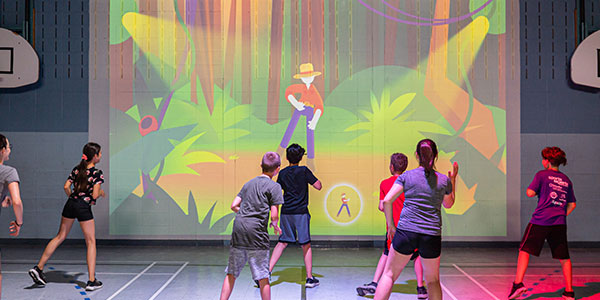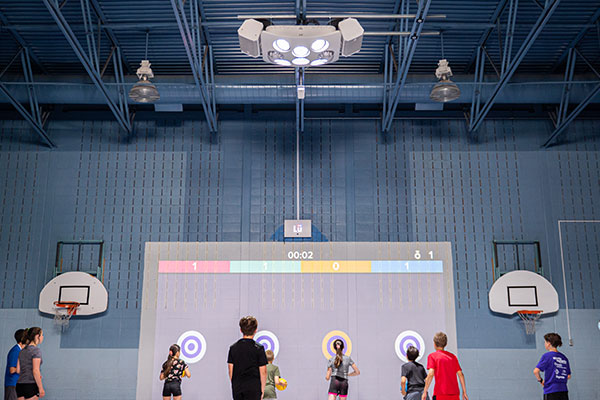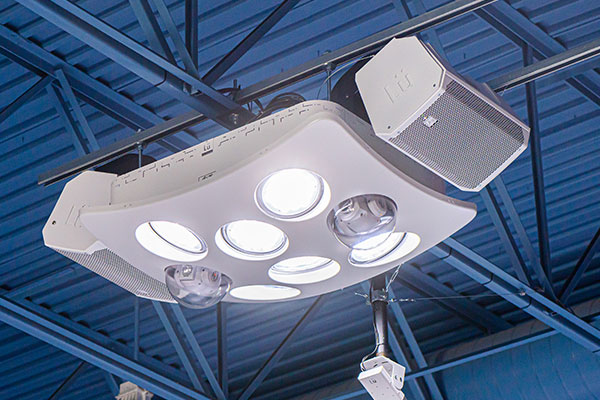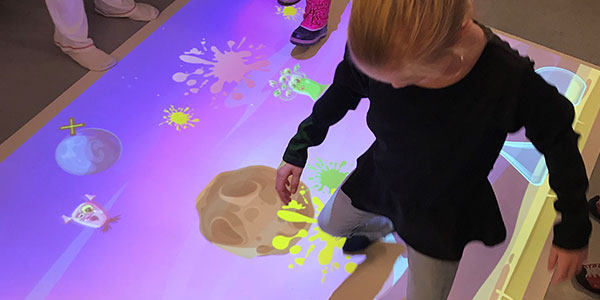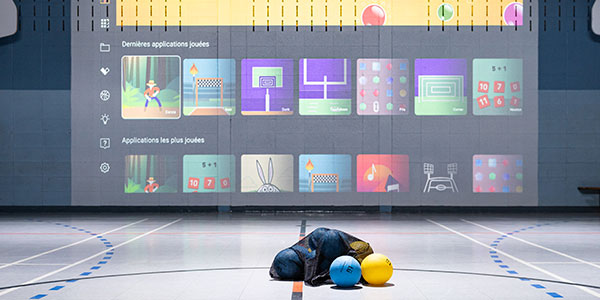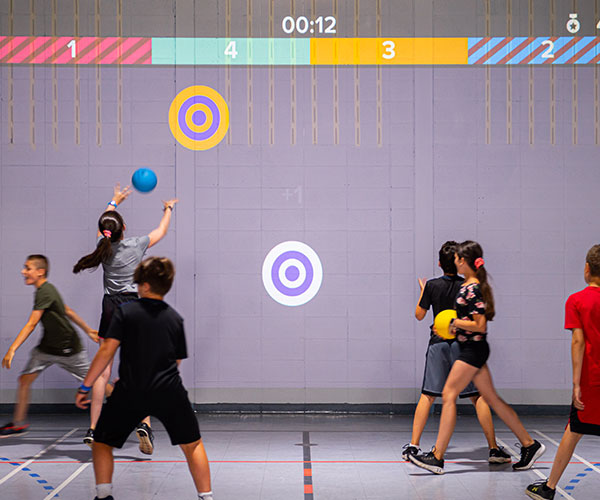What are the benefits of interactive activity spaces in schools?
Interactive activity spaces deliver lessons in a much different way than students are accustomed to, and this comes with several advantages. Some of them include:
Better engagement with tech-familiar students
Interactive activity spaces will be immediately familiar to most students, as they utilize the same mobile-style graphics and interactivity that people get from a game on their own devices. It takes almost no time to train students on the technology and immerses them right away, which means students engage quickly and stay engaged as long as the lesson is going. For many educators, student engagement is a frequent issue, but interactive activity spaces can help with that.
Improves physical fitness and coordination
Interactive activity spaces make learning physical in school by getting kids to move around and engage with a moving lesson. Numerous studies and surveys have reached the same conclusion - that children do not get enough daily physical activity. The U.S. Department of Health’s recommendation for 6-17-year-olds is at least one hour of moderate to intense physical activity per day, but most children fall short of that.
Interactive activity spaces offer a fun way for children to get their fitness in with a game that also works on their hand-eye coordination and academics. Time spent with an interactive activity space can have a lasting, positive impact on a child.
Enhances learning with a multisensory approach
The majority of people do not learn effectively when the only pedagogical approach is stand-and-deliver lecturing. Most students also need a visual component, and many perform better when there is a kinesthetic element as well.
Interactive activity spaces combine sound, visuals and action to help students access information in a variety of ways. That means more effective learning.
Simple operation for teachers and students
Interactive activity spaces are simple for students to use and simple for teachers to operate. Teachers can use the computer to create their own activities relating to their content ahead of time for their lessons. The system can be started up with a single button press and operated using a remote control or device.
Installing an interactive activity space is also simple, especially if you are partnered with an AV integrator to handle the installation. An integrator can also train teachers on the system’s use, including backend features for lesson building and delivery.

